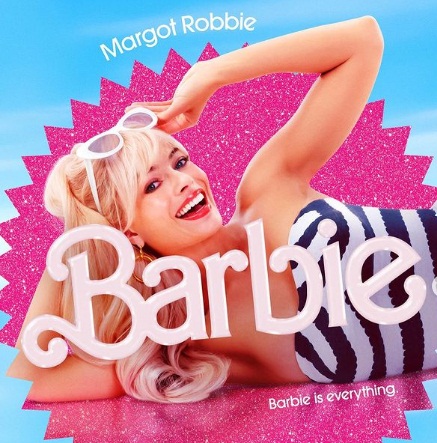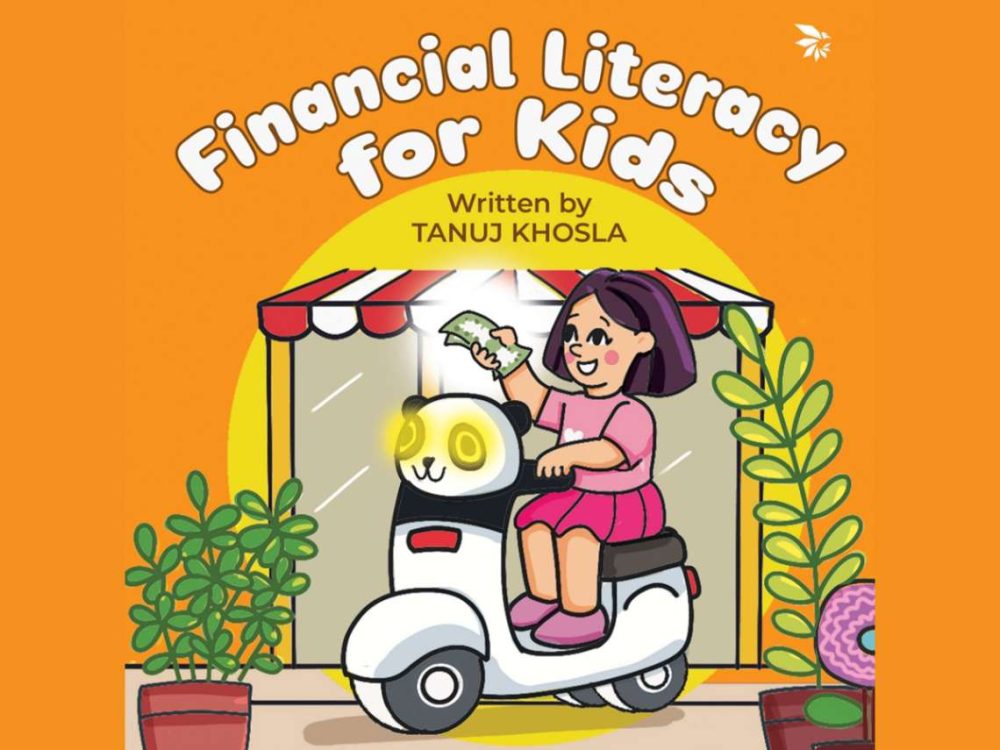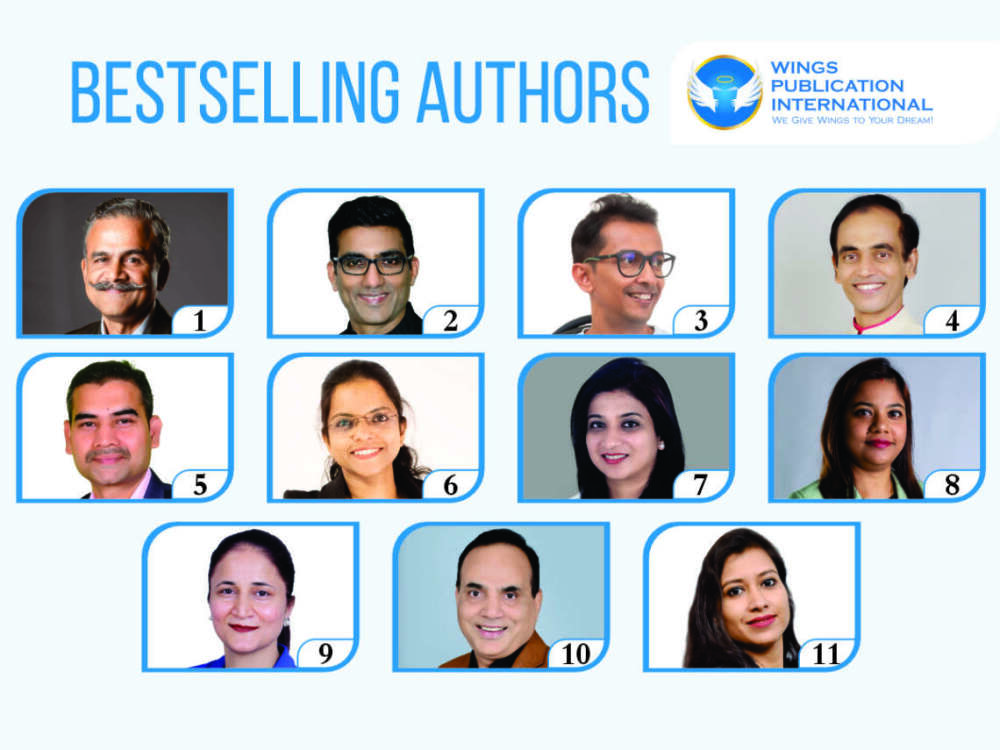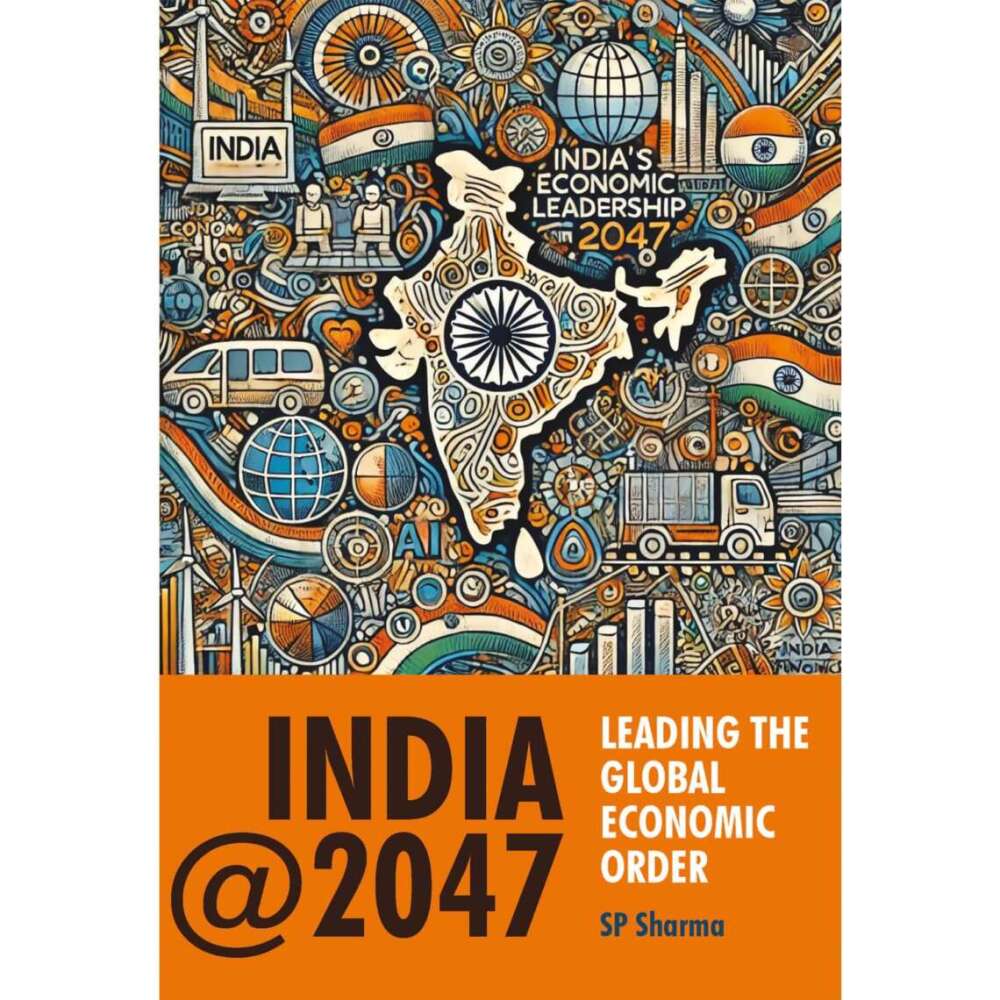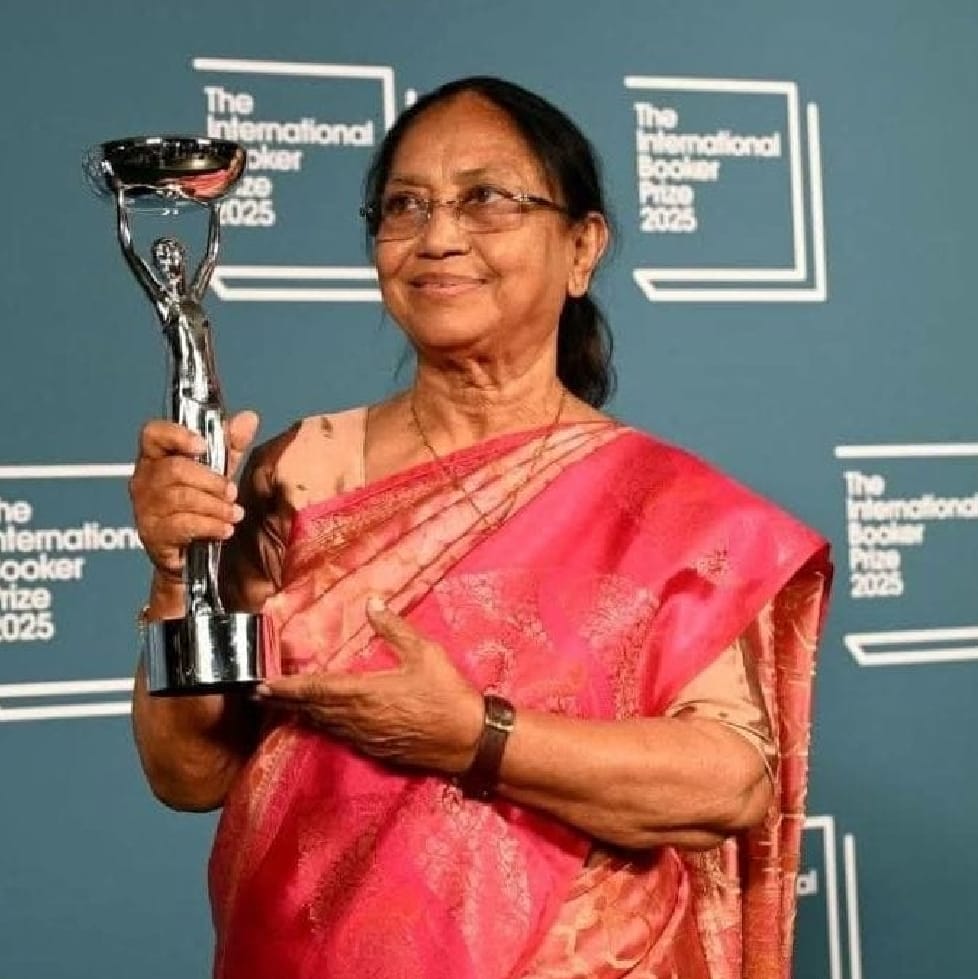Given this, one may have doubts about the actuality of artificial intelligence, and second thoughts regarding how dependable that really is — especially with regard to creative pursuits…writes Kavya Dubey
Coming from a design background, Ashima Mathur, author of the children’s picture book, ‘The Magical Mission to Mars’, was more than inclined to combine resources at hand, including AI, to put together her book.
Thanks to her husband who works in the AI space, she was introduced to “the fascinating capabilities of generative AI tools.”
An intrigued Ashima decided to put these tools to use for a “fun project”. But it was her nephew Anay’s 10th birthday which was the catalyst for Ashima’s debut book.
“I created a video where Anay was hailed as the world’s best video game player by a news reporter. The sheer joy on Anay’s face was unforgettable. This experience, along with the fun I had during the process, made me realise how these technologies could create happiness for children. That’s when I decided to utilise this potential on a larger scale, leading to the creation of this book,” she said, in conversation.,
Ashima spoke of her reason for opting for a children’s book to present this experiment: “My background in design and a deep love for visual storytelling naturally directed me towards a children’s book. The medium provided a beautiful canvas to blend my capabilities with the intrigue of a narrative. The honest feedback from my two nephews during the drafting process was invaluable. There’s a unique satisfaction in bringing joy to children, and this book allowed me to accomplish that.”
But this accomplishment did not come without its fair share of challenges. Ashima used two AI tools in order to come up with this book — ChatGPT and Midjourney.
“ChatGPT’s plot suggestions lacked depth, so I ended up crafting my own. It also couldn’t maintain continuity over multiple chapters due to its context window limitations. Midjourney had a tendency to generate deformed images, needing rigorous review to ensure appropriateness for children.
“Achieving a perfect image required precision in prompts and constant retries and refinement. Overall, persistence and a clear vision were key to overcoming these challenges,” Ashima explained.
Given this, one may have doubts about the actuality of artificial intelligence, and second thoughts regarding how dependable that really is — especially with regard to creative pursuits.
Ashima opines that AI can be an invaluable tool in creative pursuits, however, one must “Picture it as a tireless, always-on-call assistant. It not only ramps up productivity but also gives new ideas when you least expect it!
AI, however, isn’t the master painter, but rather the brush – it lays down the initial strokes, but the finishing touches, the refined edits, especially for children’s stories, need a human hand.
“Despite these hurdles, working with AI is a game-changer, although the ultimate responsibility for the quality of the end product lies with the creator.”
Ashima concluded by noting: “Using AI in my work has been like unlocking a new level of productivity. It’s been very useful during brainstorming sessions, the writing process, and even when I’ve encountered the occasional writer’s block. However, the tools available today aren’t without their rough edges, particularly for unique tasks such as writing a book.
“Yet, I see them as temporary challenges. As technology advances and more specialised tools emerge, I believe we could be on the brink of an exciting revolution in the way we create.”
Ashima Mathur’s ‘The Magical Mission to Mars’ is indeed a one-of-a-kind attempt to create and illustrate a story by means of AI but, as she pointed out, AI is at best an aid and enhancement, not a replacement for human creativity.




